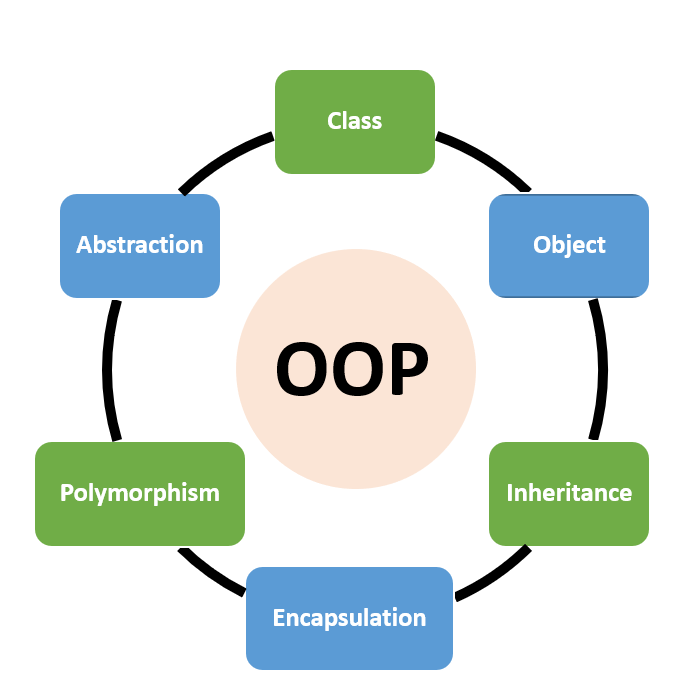Table of contents
No headings in the article.
Object-Oriented Programming (OOP) is a programming paradigm that is based on the concept of objects, which can contain data and code that act on that data. OOP is a powerful way to organize and structure code, making it easier to understand, maintain, and reuse.
At the heart of OOP is the concept of a class, which is a blueprint for creating objects. A class defines the properties and behaviors that objects of that class will have. Properties are the characteristics of an object, while behaviors are the actions that an object can perform.

One of the key advantages of OOP is the ability to encapsulate data and behavior within objects. Encapsulation means that the data and behavior of an object are hidden from the outside world, and can only be accessed through the object's methods. This makes it easier to manage complex systems, as the internal details of each object can be kept separate from the rest of the system.
Inheritance is another important concept in OOP, which allows classes to inherit properties and behaviors from other classes. This means that classes can be organized in a hierarchy, with more general classes at the top and more specific classes at the bottom. Inheritance helps to reduce duplication of code and make the system more efficient and easier to maintain.
Polymorphism is a third important concept in OOP, which refers to the ability of objects of different classes to be treated as if they are the same type of object. This allows for more flexible and dynamic programming, as objects can be swapped out or replaced at runtime without affecting the overall behavior of the system.
The main points of Object-Oriented Programming (OOP) concepts include:
Encapsulation: The practice of hiding internal data and methods of an object from the outside world, protecting it from unintended modification or misuse.
Abstraction: The process of creating a simplified model of a complex system, by focusing only on the essential aspects that are relevant to the problem being solved.
Inheritance: The ability to create new classes by inheriting properties and behaviors from existing classes, allowing for code reuse and reducing duplication.
Polymorphism: The ability of objects of different classes to be treated as if they are the same type of object, providing flexibility and extensibility in the code.
Objects: The fundamental building blocks of OOP, are instances of classes that contain both data and behavior.
Classes: The blueprints for creating objects, which define the properties and behaviors that objects of that class will have.
Methods: The functions that are defined in a class, can be used to manipulate the data of an object or perform other actions.
Properties: The variables that are defined in a class, which store the data of an object and can be accessed or modified through its methods.

By following these OOP concepts, developers can create software that is more modular, reusable, and maintainable. OOP enables the development of complex systems with a high degree of organization, extensibility, and scalability.
Overall, the concepts of OOP provide a powerful framework for building complex software systems. By organizing code into objects, encapsulating data and behavior, using inheritance to reduce duplication, and leveraging polymorphism for flexibility, OOP enables developers to create systems that are more maintainable, scalable, and adaptable to changing requirements.

